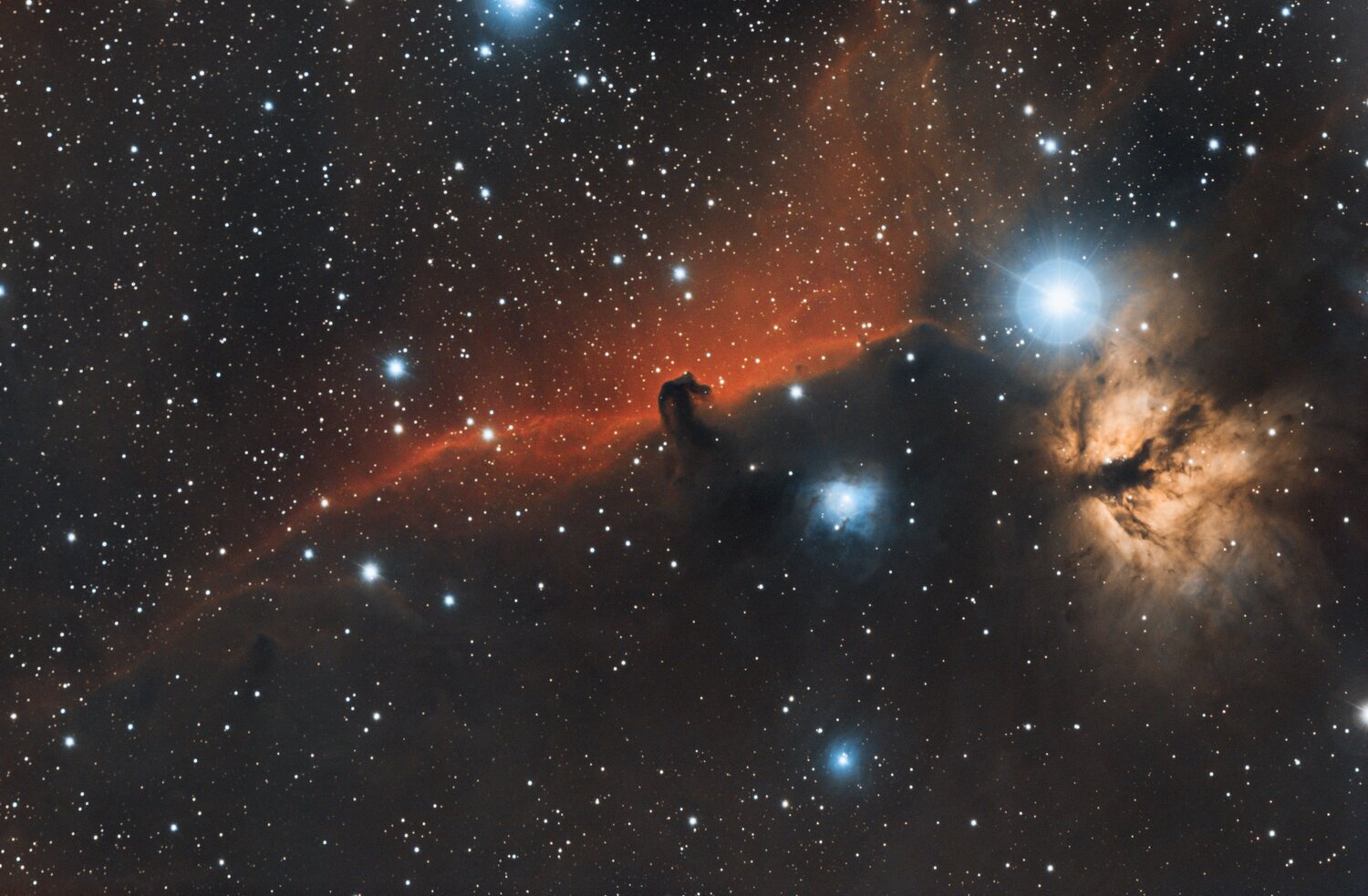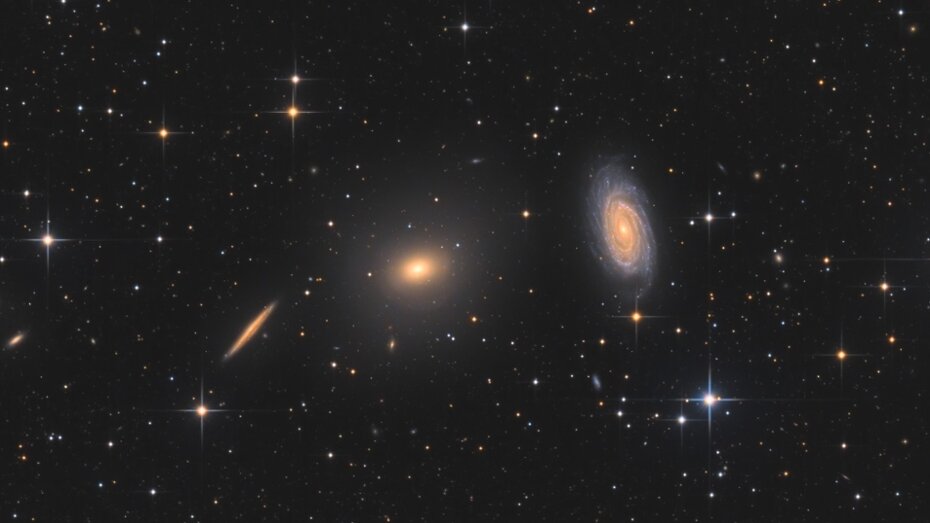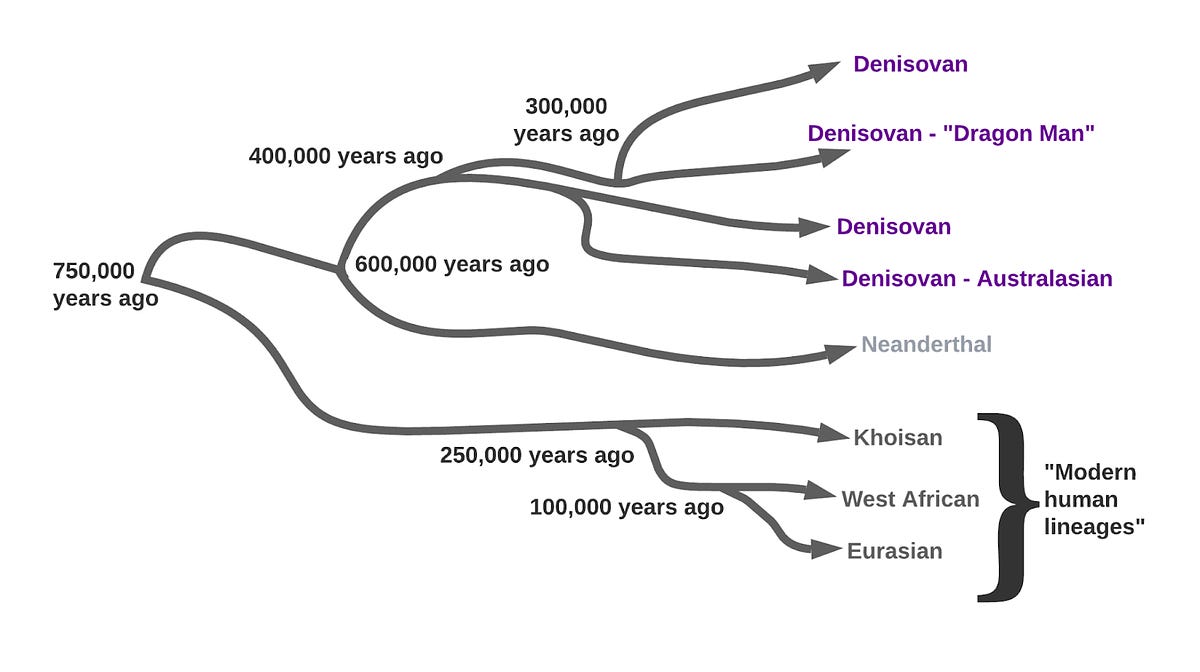
Humans glow in the dark
Amazing pictures of "glittering" human bodies have been released by Japanese scientists who have captured the first ever images of human "bioluminescence".
Although it has been known for many years that all living creatures produce a small amount of light as a result of chemical reactions within their cells, this is the first time light produced by humans has been captured on camera.
Writing in the online journal PLoS ONE, the researchers describe how they imaged volunteers' upper bodies using ultra-sensitive cameras over a period of several days. Their results show that the amount of light emitted follows a 24-hour cycle, at its highest in late afternoon and lowest late at night, and that the brightest light is emitted from the cheeks, forehead and neck.
Strangely, the areas that produced the brightest light did not correspond with the brightest areas on thermal images of the volunteers' bodies.










/cdn.vox-cdn.com/uploads/chorus_asset/file/19704536/acastro_200207_3900_firefox_0001.0.jpg)
/cdn.vox-cdn.com/uploads/chorus_asset/file/25477201/Intel_Tech_Tour_Taipei_1_crop.jpg)






